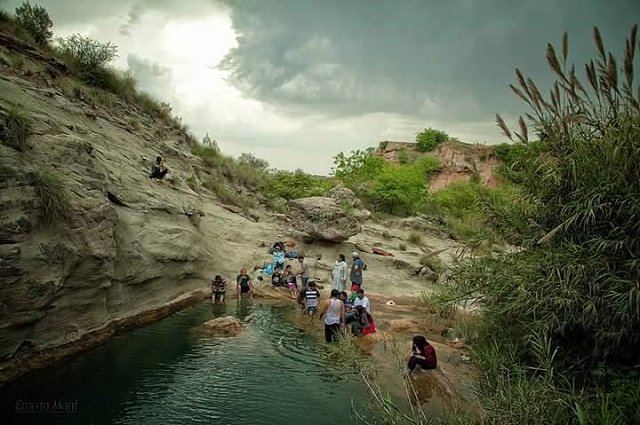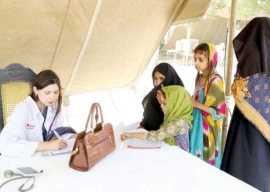
A British engineer, Major Whet Burn, experimentally acquired the garden for fruit production on August 18, 1933. Plants were brought to Sargodha from Kolkata, Peshawar and Quetta by British officials by train in 1937 and then to Kanhatti Garden on horses and camels.
The garden is famous all over the world for its oranges of Valencia variety.
Initially, there was an abundance of sheesham trees in the Kanhatti Garden. These trees became the cause of a dispute between the forest department and the district board of Shahpur. The commissioner gave a decision in favor of the district board that paid the price of the trees and took the garden into its custody. Trees of orange, mango, berries and peaches were added during the period.
Later, the garden came under the control of Sargodha and then Khushab District Council.
Enchanting: Soan Valley’s charm attracts more tourists
In 1984, the Kanhatti and Sodhi gardens were given on lease to the horticultural research department, which uprooted old trees. This caused a dispute between district council chairman Khuda Bakhsh Tiwana and the department and the lease was terminated.
Kanhatti Garden was handed over to the department of agriculture after former president Pervez Musharraf introduced a new local government system.
The department has considerably improved the drainage system for rainwater. When the was handed over to the agriculture department, it had 1,000 plants but the number had increased to 4,2000 when its control was returned to the district government. The area now falls under the Noshehra ehsil council.
After Kanhatti Bagh was declared a tourist destination in 2015, it is the responsibility of the Tourism Development Corporation of Punjab to renovate it.
Five varieties of orange, loquat, pomegranate, plum, apricot, pear, grapefruit, lemon, peach, mango, walnut, grapes and almond are grown in the garden
There are 36 species of birds in the area. Parrots are the most common in the salt range. There also are six types of small fish.
The area has springs and waterfalls for irrigation and the water is supplied to the garden from 6am to 6pm and to local population in the evening and night.
Khushab farmers still depend on streams, springs
There is also a spring within the garden.
Malik Farooq Awan, who is familiar with the history of Soan Valley, said that Worldwide Fund for Nature had also contributed to plantation in the garden.
A micro hydroelectric unit has been installed, which supplies electricity to the garden, a rest house and 25 houses. He maintained that more plantation is needed in Kanhatti Garden.
Published in The Express Tribune, June 24th, 2020.







1726722687-0/Express-Tribune-Web-(9)1726722687-0-270x192.webp)









COMMENTS
Comments are moderated and generally will be posted if they are on-topic and not abusive.
For more information, please see our Comments FAQ